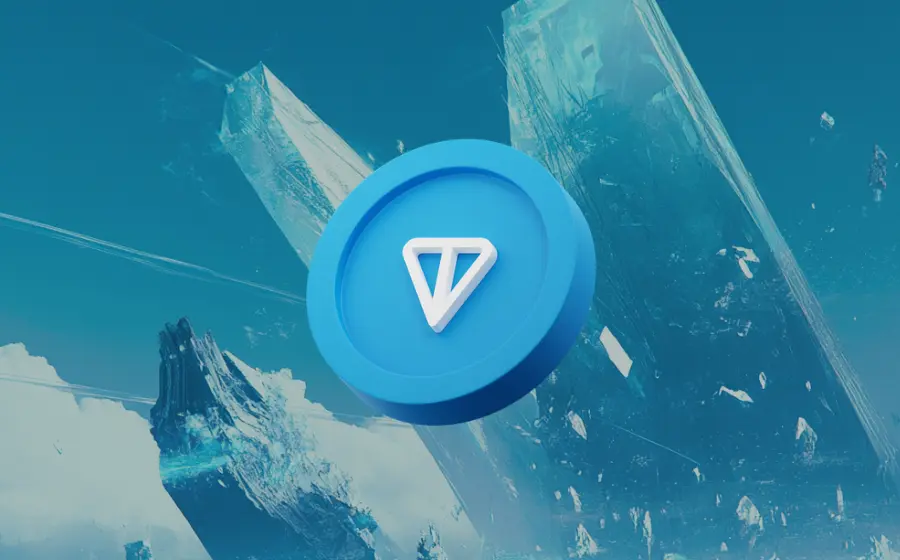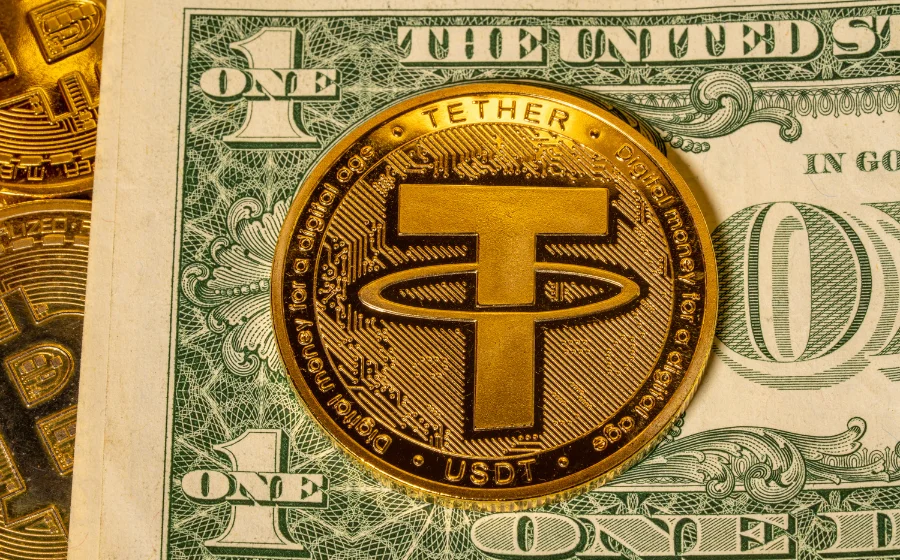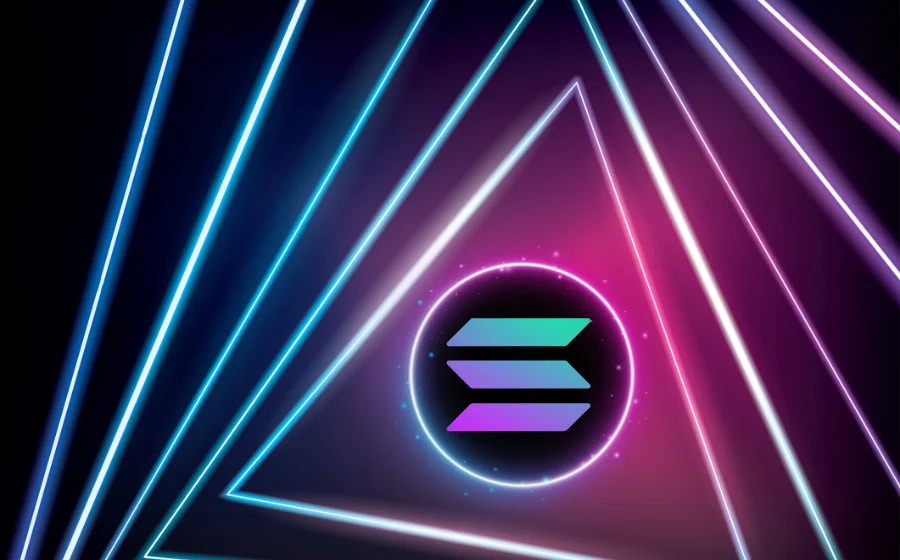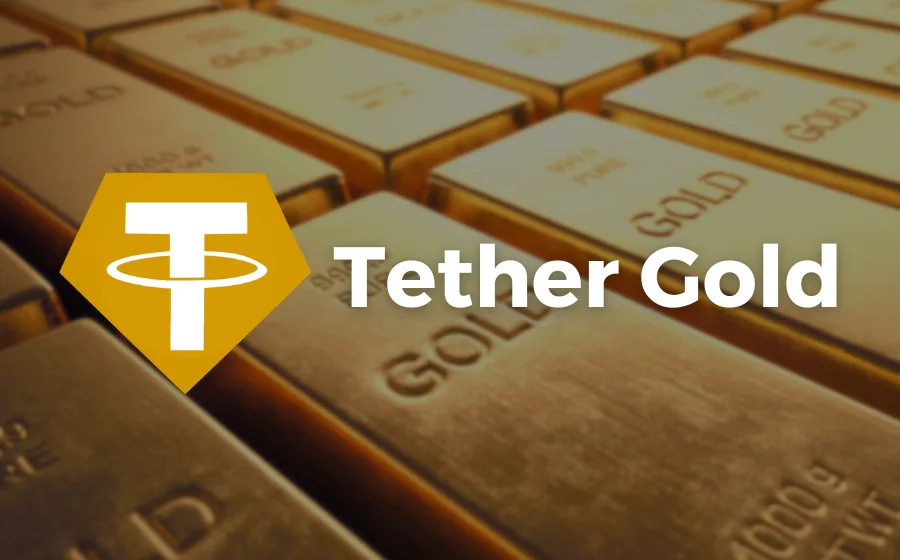
KEYTAKEAWAYS
- Ethereum extends beyond cryptocurrency to host smart contracts and DApps, establishing a decentralized platform for innovation with Ether as its transactional currency.
-
Ethereum's ecosystem supports a rich diversity of applications, from finance to digital art, through NFTs and DeFi, signaling its pivotal role in shaping the future of Web 3.0.
- The transition to Proof of Stake and advancements like the Dencun Upgrade with Proto-Danksharding aim to significantly enhance Ethereum's scalability and efficiency.

CONTENT
Ethereum is not just a cryptocurrency but a platform for innovation. Distinguished from Bitcoin by its utility, Ethereum supports a vibrant ecosystem of decentralized applications and smart contracts. Created by Vitalik Buterin, it’s akin to comparing a smartphone’s versatility to a pocket calculator’s singular function. This brief overview introduces Ethereum’s mission to spearhead the Web 3.0 revolution, leveraging its native currency, Ether (ETH), to fuel a decentralized, user-driven internet.
WHAT IS ETHEREUM: INTRODUCTION
What is Ethereum? Ethereum stands as a pivotal blockchain network, transcending its role beyond a mere cryptocurrency platform to become a foundation for smart contracts, decentralized applications (DApps), and a myriad of other decentralized solutions within the crypto realm.
Its native digital currency, Ether (ETH), not only facilitates operations on its blockchain but has also ascended to become the second-largest cryptocurrency by market capitalization, trailing only behind Bitcoin (BTC). Despite frequent comparisons, Ethereum and Bitcoin serve distinct purposes; Ethereum’s blockchain offers a versatile environment for developers to craft and implement complex applications and decentralized services without centralized oversight, embodying the spirit of autonomy and innovation.
Vitalik Buterin, Ethereum’s creator, analogizes Bitcoin as a pocket calculator focused on value transfer, whereas he views Ethereum as a smartphone due to its multifaceted utility including transactions, earning through staking, interacting with non-fungible tokens (NFTs), and exploring the burgeoning realms of decentralized finance (DeFi) and social media. This analogy underscores Ethereum’s ambition not just to coexist with traditional web platforms but to spearhead the transition towards Web 3.0 — a decentralized, user-driven internet.
WHAT IS ETHEREUM: HOW DOES IT WORK
Here you will find the answer to – What Is Ethereum: How Does It Work. Ethereum is powered by a global, decentralized network, comprised of users serving as nodes. This distributed architecture enhances the platform’s security and ensures uninterrupted operation, as the system doesn’t rely on any single machine. Central to Ethereum’s functionality is the Ethereum Virtual Machine (EVM) — akin to a worldwide, decentralized processor that’s duplicated across all nodes. This arrangement guarantees that every transaction or activity on the network undergoes verification by the entire network, preserving the Ethereum blockchain’s consistency and integrity.
Below are four common use cases for Ethereum:
Smart Contracts and Decentralized Applications (DApps)
- Smart Contracts: Fundamental to Ethereum’s innovation, smart contracts automate agreements without the need for intermediaries. These self-executing contracts carry out transactions or actions when predetermined conditions are met, providing a trustless execution environment.
- Decentralized Applications (DApps): Built on Ethereum’s platform, DApps utilize smart contracts to run various applications directly on the blockchain. From financial services to games, DApps offer a wide range of services without central control.
Blockchain and Transactions
- Blockchain Storage: Ethereum’s blockchain is a comprehensive digital ledger that records all network interactions as transactions within blocks. These blocks are validated and secured by miners through a consensus method known as proof-of-work (PoW), which is transitioning to proof-of-stake (PoS).
- Transaction Validation: Miners play a crucial role in confirming and adding transactions to the blockchain. They dedicate computational power to solve complex puzzles, earning ETH rewards for their efforts. Each transaction incurs a fee, known as “gas,” paid to the validating miner. This fee mechanism incentivizes the validation process and secures the network.
Ethereum Virtual Machine (EVM) and Ether
- EVM’s Role: The EVM executes the rules of the Ethereum protocol, ensuring that transactions and smart contracts adhere to the network’s regulations. Every node contains an EVM, making the execution of contracts uniform across the network.
- Ether as Fuel: Ether, the native cryptocurrency of Ethereum, is essential for conducting transactions and operating smart contracts. Referred to as “gas” when used in this context, it compensates for the computational resources needed to execute operations on the Ethereum network.
Consensus Mechanism Transition
Ethereum is evolving from PoW to a PoS consensus mechanism through a significant upgrade known as “The Merge.” This shift aims to enhance network efficiency by:
- Reducing Energy Consumption: The PoS model is vastly more energy-efficient compared to PoW, cutting down Ethereum’s carbon footprint by up to 99.95%.
- Improving Scalability: Introducing shard chains, the upgrade enables the network to process a much higher volume of transactions per second.
- Lowering Barriers to Entry: By eliminating the need for energy-intensive mining, PoS allows more participants to become validators with a lower entry threshold, potentially increasing decentralization and security.
THE FUTURE OF ETHEREUM
Ethereum has moved to a proof-of-stake protocol in a major update, enabling users to verify transactions and generate new ETH based on their Ether holdings. This development, initially termed Eth2, is now simply known as Ethereum and operates on an execution layer for transactions and a consensus layer for network agreement.
This update has expanded Ethereum’s capacity, aiming to solve ongoing issues with network congestion and high gas fees.
To improve scalability, Ethereum is advancing “sharding” to distribute its database across the network, similar to cloud computing. This process involves creating smaller segments, or shards, managed by ETH stakeholders to allow more validators to simultaneously process transactions and achieve consensus more efficiently.
Ethereum’s future direction is outlined in a roadmap with four key focus areas:
- Lowering transaction costs to make the platform more economical.
- Boosting security to defend against new types of cyber threats.
- Enhancing the user experience, especially in smart contracts and lightweight nodes.
- Proactively addressing potential future challenges to keep the network ahead of the curve.
Dencun Upgrade
- Introduction of Proto-Danksharding (EIP-4844): A forward-thinking approach to sharding, moving away from traditional shard chains to employ distributed data sampling through “blobs.” This method seeks to elevate Ethereum’s scalability in a more efficient manner.
- Blob-Carrying Transactions: Utilizing Binary Large Objects (blobs), these transactions are designed to significantly lower transaction costs for both Layer-2 users and operators, while also enhancing Ethereum’s transaction throughput.
- Innovative Fee Market for Blob Storage: Operates on a supply-and-demand basis, creating a dedicated market for blob storage. This aims to improve the flexibility and efficiency in allocating network resources.
- Stepping Stone to Danksharding: Proto-Danksharding serves as an intermediary phase towards achieving full Danksharding, showcasing Ethereum’s progression towards becoming a fully scaled, resilient platform.
Gaming and Virtual Realities
- Decentraland: A virtual environment where users can purchase, develop, and sell property, all secured by Ethereum’s blockchain technology.
- Axie Infinity: A blockchain-based game that awards players with its unique cryptocurrency, Smooth Love Potion (SLP), for game-related transactions and rewards.
Non-Fungible Tokens (NFTs)
- Rise of NFTs: Gaining traction in 2021, NFTs represent unique digital items created on the Ethereum blockchain, enabling the digitization and ownership of assets.
- Tokenization and Ownership: This process assigns a unique identifier to digital assets, establishing clear ownership stored securely on the blockchain, facilitating their trade or sale.
- Diverse Applications: Beyond digital art, NFTs are expanding into sports, offering fans the chance to own digital collectibles of their favorite athletes, ranging from digital trading cards to significant moment clips.
HOW TO BUY ETHEREUM
To acquire cryptocurrencies, you cannot directly purchase them through traditional banks or online brokerages such as Vanguard or Fidelity. Instead, you must engage with a cryptocurrency trading platform. The market offers a wide array of crypto exchanges, featuring interfaces that range from user-friendly for beginners to more complex systems designed for seasoned traders. These platforms differ in their fee structures, security protocols, and additional services, making it essential to conduct thorough research prior to registration.
Here are five well-known and commonly used cryptocurrency exchanges for your reference:
When setting up an account on a cryptocurrency exchange, it is common to be asked for personal details and to go through an identity verification process. Following verification, you can link your bank account or a debit card to deposit funds into your account, though the fees incurred may vary based on the method used.
Depositing money into your account does not mean you have purchased Ethereum or any other cryptocurrency. It is crucial to actively invest your funds rather than letting them sit idle in your account. To invest in Ethereum, you need to buy it by converting the desired amount of U.S. dollars into Ethereum. The amount of Ethereum you can buy will depend on its current market price and the amount you are willing to invest, often resulting in acquiring a fraction of an Ethereum.
For those holding a small amount of cryptocurrency, keeping it in the exchange account might seem convenient. Nevertheless, for enhanced security, especially with larger amounts, transferring your assets to a digital wallet is advisable. Digital wallets come in various forms, offering different security features, including paper wallets and mobile wallets, to safeguard your investments.
CONCLUSION
Ethereum has already redefined what a blockchain platform can be, and its potential future developments hold the promise of further broadening its impact across various sectors. The ongoing evolution of Ethereum looks set to continue its trajectory towards becoming a more scalable, secure, and user-friendly blockchain, with the capacity to power an even greater array of decentralized applications and services. The intersection of technical innovation and practical application will likely determine the magnitude of Ethereum’s influence in the years to come.
>>> More to read : Ethereum Classic (ETC): The Original Ethereum Blockchain
▶ Buy Crypto at Bitget
ꚰ CoinRank x Bitget – Sign up & Trade to get $20!
















